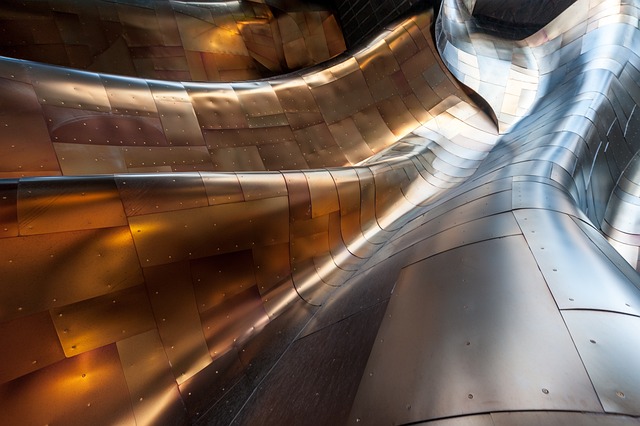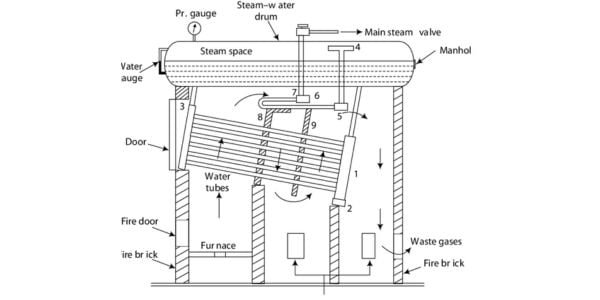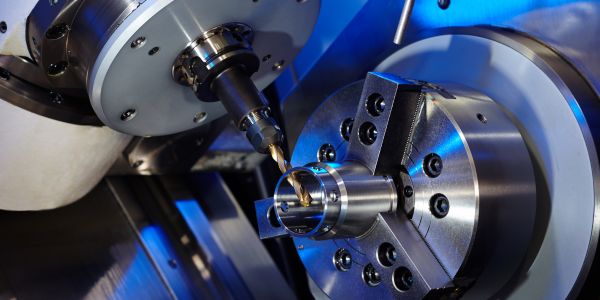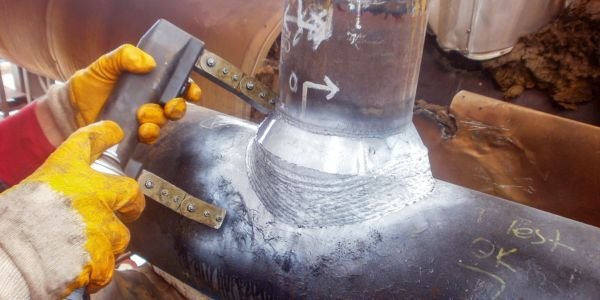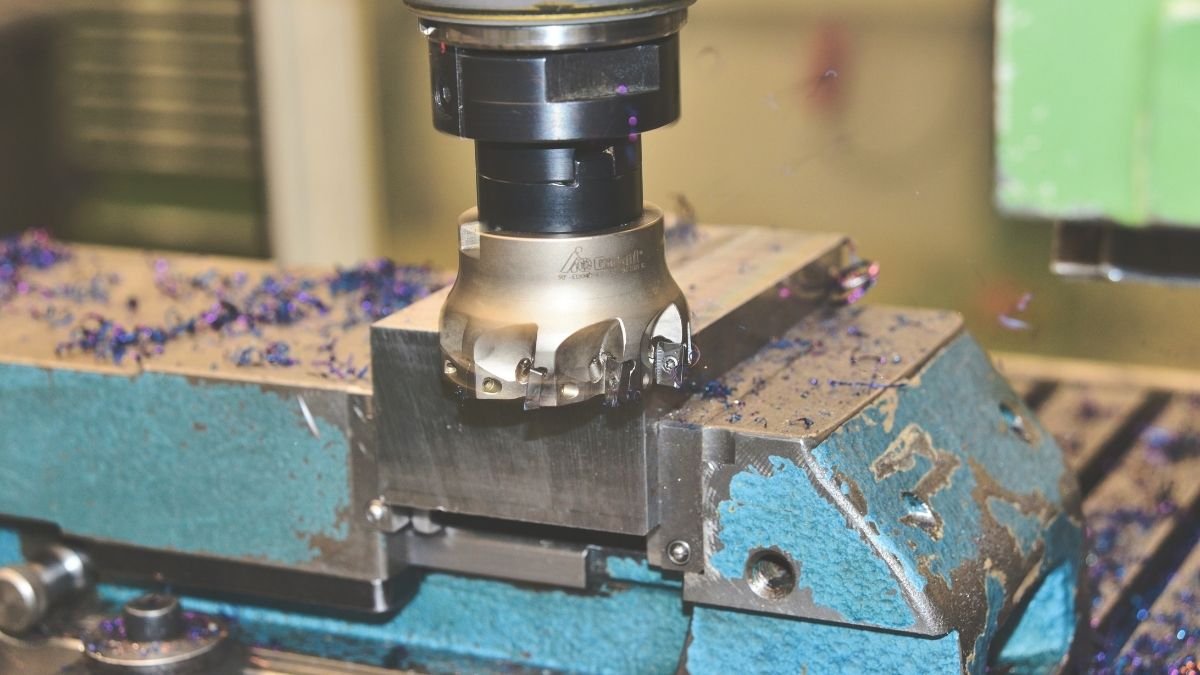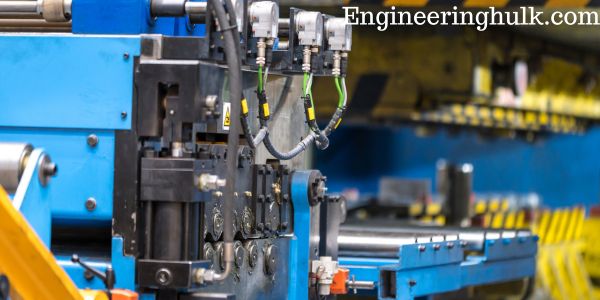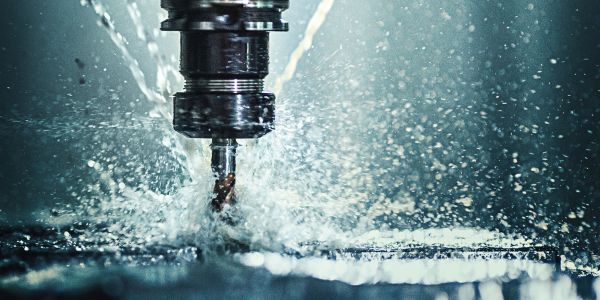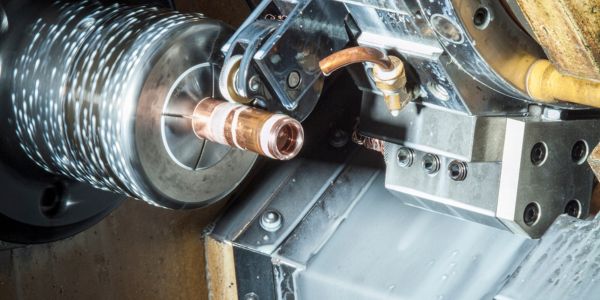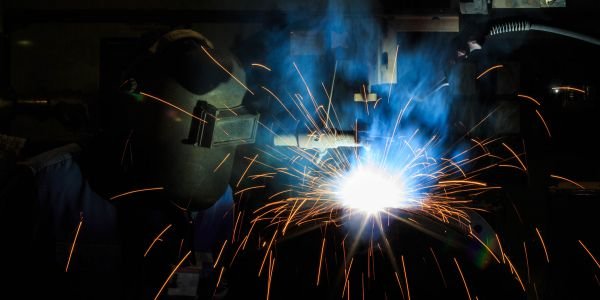Table of Contents
Bearings are mechanical devices that allow two surfaces to move relative to each other while minimizing friction and wear. Various types of bearings are available, each with unique features suited for specific purposes.
1. Ball Bearings:
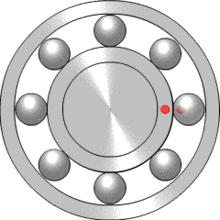
These are the most common type of bearings that use a spherical rolling element to reduce friction between two surfaces. They come in single-row, double-row, and thrust ball bearings, and can handle radial and axial loads.
Ball bearings are crucial for reducing friction between moving parts, improving efficiency, and increasing durability in machines and mechanical devices. These devices typically consist of small metal balls that are encased in a ring or a race.
As the balls roll between the race and the inner surface of the ring, friction is reduced and smooth motion is enabled. Ball bearings can handle both radial and axial loads, making them highly versatile and widely used in various applications.
To work effectively, ball bearings must be precisely shaped. Typically made of hardened steel or ceramic, the balls must be perfectly round and smooth. When a load is applied to the bearing, the balls roll along the race, distributing the load evenly and reducing friction.
The race and inner surface of the ring must also be as smooth as possible to minimize friction. Depending on the application, the ring can be either stationary or rotating. The rolling motion of the balls enables smooth and efficient movement of the machine or device.
Ball bearings are used in many industries, from small household appliances to heavy-duty industrial equipment. They are widely used in the automotive industry, such as wheel hubs, transmissions, engines, and steering systems. Industrial machineries, such as pumps, compressors, and electric motors, also extensively use ball bearings to reduce friction and increase efficiency.
In the aerospace industry, ball bearings are used in aircraft engines and landing gear systems where high reliability and performance are essential. Medical devices such as MRI machines and X-ray machines also use ball bearings, as well as household appliances such as washing machines, dryers, and dishwashers to reduce noise and increase durability.
Using ball bearings offers several benefits, including reduced friction, increased durability, and smooth motion. Ball bearings reduce friction between moving parts, which improves efficiency and reduces wear and tear.
They are designed to handle heavy loads and can last for a long time with minimal maintenance. Ball bearings also enable smooth and efficient movement, which is crucial for machines and devices that require precise movement.
2. Roller Bearings:

These bearings use cylindrical, tapered, or spherical rolling elements instead of balls. They are capable of handling heavier loads and are used in applications where high load capacity is required.
Roller bearings are utilized in various applications such as automotive and aerospace engineering, manufacturing, and industrial equipment. They are well-known for their ability to handle high loads, long life, and low friction coefficient, making them an ideal choice for high-speed and high-precision machinery.
One of the primary advantages of roller bearings is their ability to handle both radial and axial loads. Radial loads act perpendicular to the axis of rotation, while axial loads act parallel to it. Roller bearings are designed to handle both types of loads, providing superior performance compared to other bearing types.
There are several different types of roller bearings, each with its unique design and characteristics. Some of the most commonly used types include
- Cylindrical roller bearings.
- Tapered roller bearings.
- Spherical roller bearings.
- Needle roller bearings.
Cylindrical roller bearings are used in applications where high radial loads are present, such as in machine tools, pumps, and compressors. Tapered roller bearings are commonly used in automotive applications, such as wheel bearings, as well as in heavy machinery and equipment.
Spherical roller bearings have a spherical shape and are designed to handle both radial and axial loads, making them suitable for heavy-duty applications such as mining and construction equipment.
Needle roller bearings consist of long, thin rollers used in applications where high radial loads are present but space is limited. They are commonly used in automotive and aerospace applications as well as in industrial machinery.
To ensure optimal performance and longevity, roller bearings require regular maintenance. Proper lubrication is essential to reduce friction and prevent wear and tear. Regular inspection and replacement of worn or damaged components are also necessary to prevent catastrophic failure and downtime.
3. Thrust Bearings:
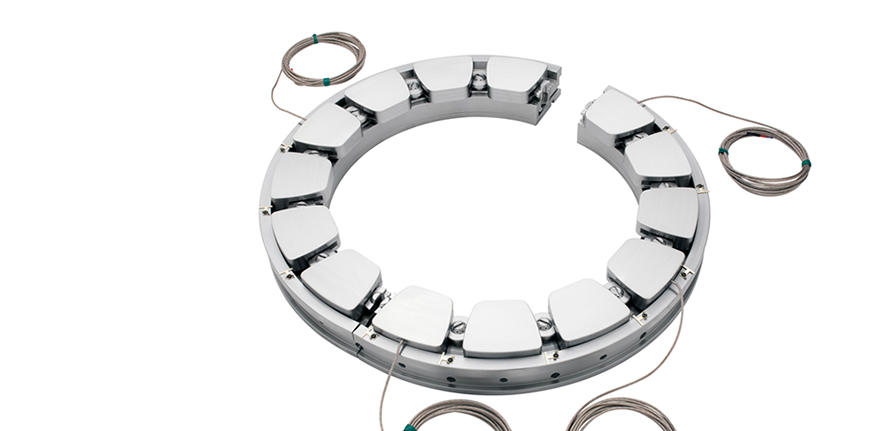
Designed to handle axial loads that act parallel to the shaft, these bearings support gears and shafts in automotive transmissions and other applications.
Thrust bearings are an important component in many types of machinery, from heavy-duty industrial equipment to everyday household appliances. These bearings are designed to handle axial loads or loads that act parallel to the axis of rotation and are typically used in applications where there is a need to support a rotating shaft or other components.
One of the key benefits of thrust bearings is their ability to handle high axial loads, making them an ideal choice for heavy-duty applications such as large industrial machinery, marine propulsion systems, and wind turbines. These bearings can support a wide range of loads, from small to very large, and can be designed to operate at high speeds and temperatures.
There are several different types of thrust bearings available, each with its own unique design and operating characteristics. One common type of thrust bearing is the ball thrust bearing, which consists of a set of balls housed in a cage that is sandwiched between two washers. The balls allow the two washers to rotate relative to each other, while the cage keeps the balls evenly spaced apart.
Another type of thrust bearing is the roller thrust bearing, which uses cylindrical rollers instead of balls. This type of bearing is capable of handling heavier loads than ball thrust bearings and is commonly used in applications such as automotive transmissions, industrial machinery, and aerospace equipment.
In addition to ball and roller thrust bearings, there are also fluid film thrust bearings, which use a thin layer of lubricating fluid to support the rotating shaft or component. These bearings are typically used in high-speed applications where the loads are relatively light and can provide excellent performance and reliability when properly designed and maintained.
Overall, thrust bearings are an essential component in many types of machinery and play a critical role in ensuring the safe and reliable operation of these systems. Whether you are designing a new piece of equipment or maintaining an existing one, it is important to choose the right type of thrust bearing for your application and to ensure that it is properly installed and maintained to provide optimal performance and reliability.
4. Spherical Bearings:

Similar to ball bearings, these bearings use a spherical rolling element. However, they allow for misalignment between the shaft and the housing, making them ideal for applications where alignment is not perfect.
Spherical bearings, also known as spherical plain bearings, are a type of bearing that can accommodate misalignment and oscillation in machinery. They consist of an inner ring, an outer ring, and a spherical sliding surface, which allows for movement in multiple directions. These bearings are commonly used in applications such as heavy machinery, construction equipment, and aerospace systems.
The spherical shape of the bearing allows it to accommodate misalignment and tilt, which can occur when the shaft or housing is not perfectly aligned. This reduces the stress on the bearing and improves its overall lifespan.
Additionally, spherical bearings can handle oscillating movements, which occur when the shaft rotates back and forth or when it moves in a circular motion. This makes them ideal for use in equipment that requires constant movement, such as conveyor belts or robotic arms.
There are several types of spherical bearings available, including radial, angular contact, and thrust bearings. Radial bearings are used to support radial loads, which are forces that act perpendicular to the axis of rotation. Angular contact bearings are used to support both radial and axial loads, which are forces that act parallel to the axis of rotation. Thrust bearings are used to support axial loads and are commonly used in applications such as automotive transmissions and machine tool spindles.
Spherical bearings are typically made from high-quality materials such as chrome steel, stainless steel, or bronze. These materials provide excellent strength and durability, making them suitable for use in harsh environments. They are also available with various coatings and seals to protect them from corrosion and contamination.
To ensure that spherical bearings function correctly, it is essential to select the right type of bearing for the application and install them properly. The bearings should be properly lubricated to reduce friction and prevent wear and tear. Additionally, it is important to regularly inspect the bearings and replace them when necessary to prevent equipment failure.
5. Needle Bearings:

These bearings use long, thin cylindrical rollers instead of balls, making them suitable for applications with limited space. They are commonly used in automotive engines and aerospace applications.
The design of needle bearings allows for high radial load capacity with a small overall footprint, making them an excellent choice for applications with limited space. They are also capable of handling high speeds and accelerations, making them ideal for use in machinery with high-performance requirements.
One of the primary benefits of needle bearings is their ability to distribute the load evenly across their length, resulting in reduced stress and wear on the bearing components. This can lead to increased longevity and improved performance compared to other types of bearings.
Needle bearings come in various designs, including drawn cup needle roller bearings, radial needle roller and cage assemblies, and thrust needle roller bearings. Each design has its unique advantages, depending on the specific application.
Drawn cup needle roller bearings, for example, have a thin-walled outer ring and are typically used in applications with limited space and high loads. Radial needle roller and cage assemblies, on the other hand, are suitable for use in applications with high rotational speeds and low radial loads.
Thrust needle roller bearings are designed to handle axial loads and are commonly used in automotive and industrial applications. They are often used in combination with other types of bearings, such as radial ball bearings, to provide optimal performance in a given application.
Proper lubrication is critical to the performance and longevity of needle bearings. Lubrication can help reduce friction and wear, as well as dissipate heat and prevent contamination. The choice of lubricant depends on various factors, including operating conditions, temperature, and load.
6. Plain Bearings:
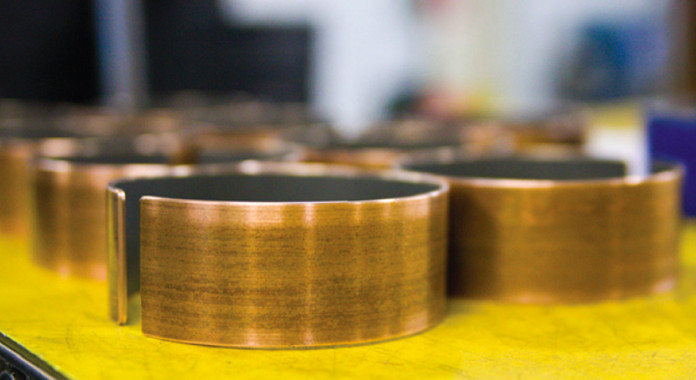
Also known as bushings, these bearings are the simplest type and consist of a metal sleeve pressed into a housing with a rotating shaft. They are commonly used in low-cost, low-maintenance applications such as power tools and household appliances.
Plain bearings are made up of two parts: the bearing and the journal. The bearing is a cylindrical or slightly conical piece of material, typically made of bronze, brass, or other soft metals, while the journal is part of the moving machine that fits inside the bearing.
When a journal rotates inside a bearing, a thin layer of lubricant is formed between the two parts. This lubrication reduces friction and wear on both the bearing and the journal, allowing the machine to run more smoothly and efficiently.
Plain bearings are commonly used in a variety of applications, from automotive engines and industrial machinery to household appliances and office equipment. They are particularly useful in high-speed applications, where the reduction of friction can help to prevent damage to moving parts and reduce energy consumption.
One of the benefits of plain bearings is that they are relatively low-cost and easy to manufacture. They can also be customized to fit specific machine requirements, making them a versatile option for a wide range of applications.
plain bearings do require regular maintenance and lubrication in order to function properly. Without proper maintenance, the bearing can become worn or damaged, leading to increased friction and potential failure of the machine.
plain bearings may not be suitable for all applications. In high-load or high-impact situations, other types of bearings, such as a ball or roller bearings, may be more appropriate.
7. Magnetic Bearings:

Magnetic bearings, also known as magnetic levitation bearings, are a type of bearing that uses magnetic fields to support a rotating shaft without physical contact. They are a modern and innovative solution to the traditional mechanical bearings that rely on contact between metal surfaces, which can cause wear and tear, vibration, and heat generation. Magnetic bearings offer many advantages over traditional bearings, such as reduced friction and maintenance, increased efficiency, and improved reliability.
The basic principle of magnetic bearings is that they use magnetic fields to create a force that opposes the force of gravity and supports the weight of the rotating shaft. The magnetic field is created by an electromagnet or a permanent magnet, and the shaft is suspended in the air by the attractive or repulsive force of the magnetic field.
The position of the shaft is controlled by adjusting the magnetic field strength or the position of the magnets, which is done by a controller or a computer. This allows for precise control of the position and movement of the shaft, which is important in many industrial applications, such as turbines, compressors, and pumps.
One of the main advantages of magnetic bearings is that they eliminate the need for lubrication, which reduces friction and wear and tear on the shaft and the bearings. This not only extends the life of the bearings but also reduces maintenance and downtime, which can be costly in many industrial applications.
Additionally, magnetic bearings are more efficient than traditional bearings because they require less energy to operate and produce less heat. This is because there is no physical contact between the shaft and the bearings, which reduces friction and energy loss.
Another advantage of magnetic bearings is their ability to reduce vibration and noise. Traditional bearings can create vibration and noise due to the contact between metal surfaces, which can cause wear and tear and damage to the surrounding equipment. Magnetic bearings, on the other hand, are designed to operate smoothly and quietly, which reduces the need for additional vibration-dampening and noise-reduction measures.
Magnetic bearings are also more reliable than traditional bearings because they have fewer moving parts, which reduces the risk of mechanical failure. Additionally, magnetic bearings are less prone to damage from shock or impact because there is no physical contact between the shaft and the bearings.
Despite their many advantages, magnetic bearings are not without their challenges. One of the main challenges is the cost of the equipment, which can be higher than traditional bearings. Additionally, magnetic bearings require specialized expertise and equipment for installation, maintenance, and repair, which can also be costly.
Choosing the right bearing type depends on various factors such as load capacity, speed, and accuracy required for a specific application. Therefore, careful consideration is necessary when selecting the appropriate type of bearing.
8. Fluid Bearing

Fluid bearings are a type of bearing that utilize a thin layer of fluid to support and cushion moving parts. This type of bearing is commonly used in machinery and equipment where high speeds and heavy loads are present. Fluid bearings are typically made up of a rotating shaft and a stationary surface that are separated by a thin layer of fluid.
One of the primary advantages of fluid bearings is their ability to operate at high speeds with minimal friction and wear. This is because the fluid layer between the moving parts provides a smooth and constant surface for the shaft to rotate on. As a result, fluid bearings are often used in applications such as gas and steam turbines, high-speed machine tools, and centrifugal compressors.
Another advantage of fluid bearings is their ability to support heavy loads while maintaining low friction and wear. This is because the fluid layer distributes the load evenly across the surface, reducing the stress and wear on individual parts. As a result, fluid bearings are often used in heavy-duty applications such as large pumps, generators, and marine propulsion systems.
There are several types of fluid bearings, including
- hydrodynamic bearings
- Hydrostatic bearings
- Squeeze film bearings.
Hydrodynamic bearings rely on the rotation of the shaft to generate a wedge of fluid that supports the moving parts. Hydrostatic bearings, on the other hand, use an external pump to supply pressurized fluid to the bearing surface. Squeeze film bearings utilize a thin layer of fluid that is forced into a narrow gap between the shaft and the bearing surface, creating a hydrodynamic effect.
Despite their many advantages, fluid bearings also have some drawbacks. One of the primary concerns with fluid bearings is the potential for fluid leakage, which can lead to contamination and failure of the bearing system. In addition, fluid bearings can be more complex and expensive to design and manufacture than other types of bearings.
Also, read Sliding Mesh Gear Box

















